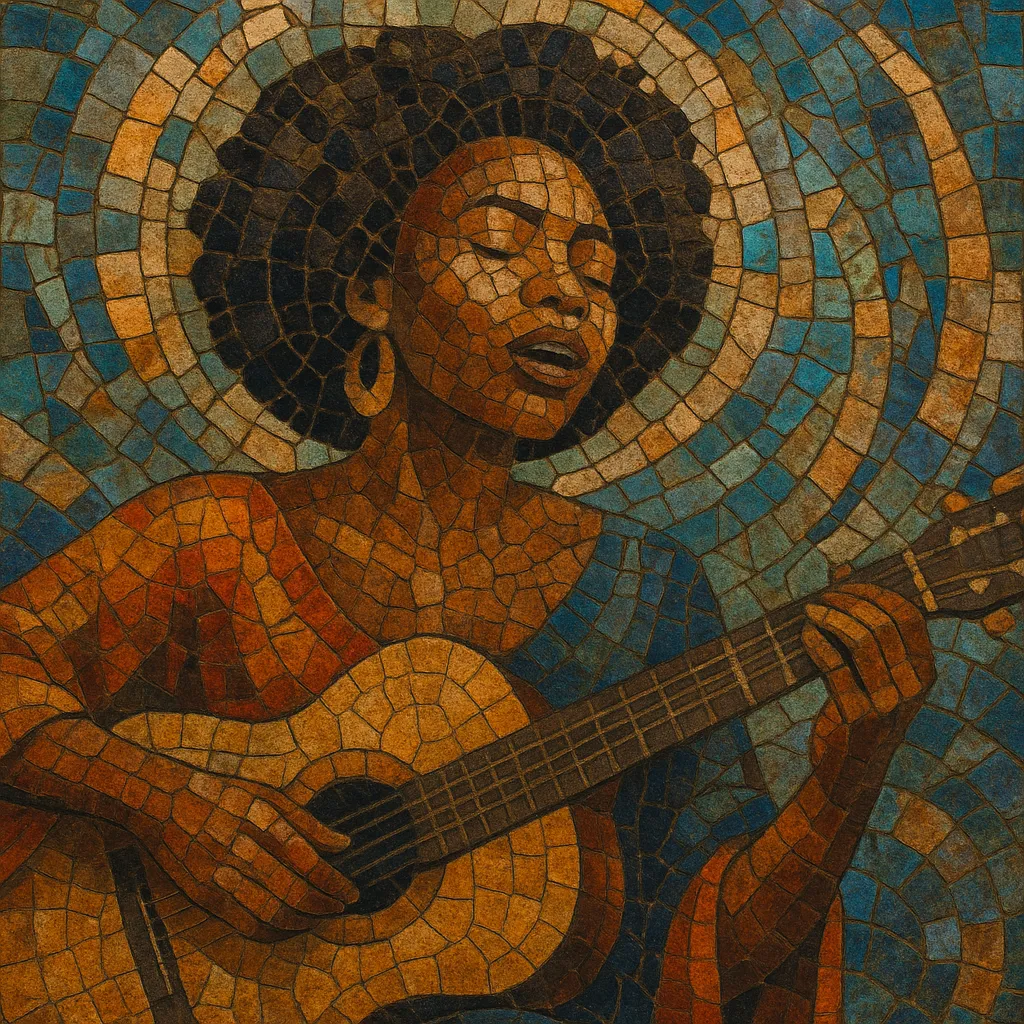Afro soul is a contemporary African blend of classic soul and R&B songwriting with indigenous rhythms, languages, and timbral aesthetics.
It typically features warm, gospel-tinged vocals, jazz-leaning harmonies, and organic instrumentation (rhodes/piano, guitar, bass, light percussion) layered over African groove sensibilities—often gentle mid-tempo pulses, 6/8 lilt, or relaxed township/kwaito-derived backbeats.
Lyrical themes center on love, healing, spirituality, identity, and social renewal, with frequent use of call-and-response and choral textures that connect modern urban life to communal, traditional expression.
Soul and R&B entered African urban music in the 1960s and 1970s alongside jazz and gospel, resonating with local choral traditions and social consciousness. While West Africa explored soul inflections through highlife and early afrobeat experiments, South Africa developed jazz- and gospel-informed vocal music amidst township pop and mbaqanga. These strands seeded the aesthetic DNA—emotive vocals, communal choruses, and spiritually inflected lyrics—that would later congeal into Afro soul.
In the 2000s, particularly in South Africa, “Afro-soul” emerged as a clear category: contemporary soul/R&B songwriting framed with African grooves, indigenous languages, and jazz harmonies. Artists such as Lira, Simphiwe Dana, Thandiswa Mazwai, and Zonke popularized a warm, band-oriented sound that felt both cosmopolitan and rooted. The production ethos favored live feel, mid-tempo swing, and gospel-tinged backgrounds, while drawing light rhythmic cues from kwaito and township pop.
The 2010s saw a pan-African reading of Afro soul—Nigeria’s Asa and Bez, Ghana’s Efya, and later crossover voices like Simi and Tems—bridging folk-tinged songwriting, R&B sheen, and Afrocentric rhythms. Streaming platforms enabled broader circulation, and the genre’s refined, intimate vocal style began to complement and temper the more dance-driven Afrobeats mainstream.
Afro soul now occupies a distinct lane alongside Afrobeats, amapiano, and Afro-pop. Its vocal and harmonic language increasingly colors other African genres (from alt-R&B to soulful amapiano), while the genre maintains a core identity: contemplative lyrics, gospel/jazz harmony, and African rhythmic poise. Live performance remains central, reinforcing its community-oriented spirit.


